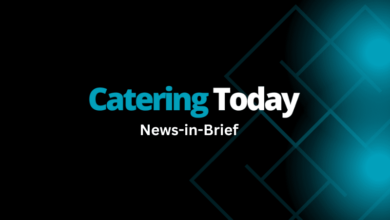Business
UK inflation rises to 0.5% after EOTHO ends

UK inflation for the month of September increased to 0.5% after the end of the Government’s Eat Out to Help Out scheme pushed up prices, according to the latest figures from the ONS.
You'll need to
subscribe to unlock this content. Already subscribed? Login?










